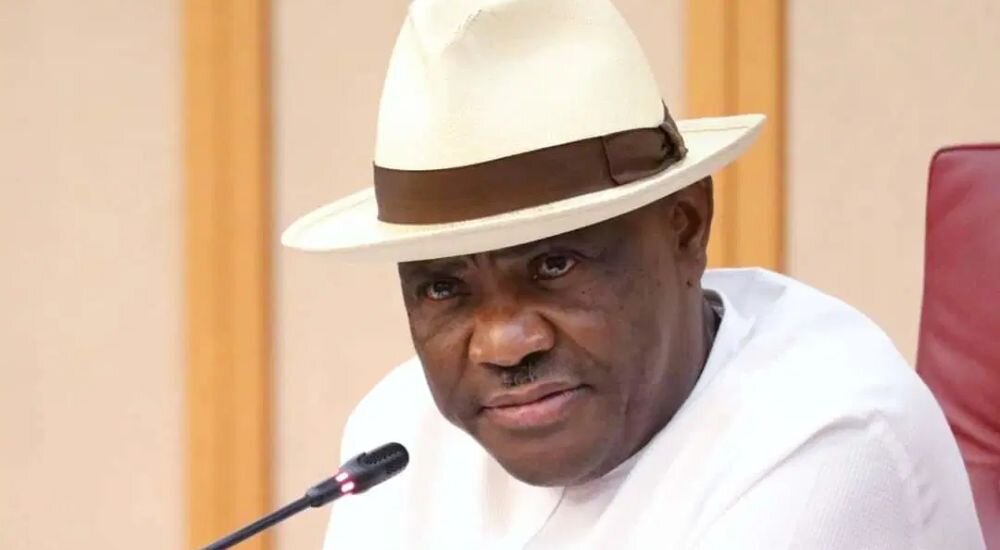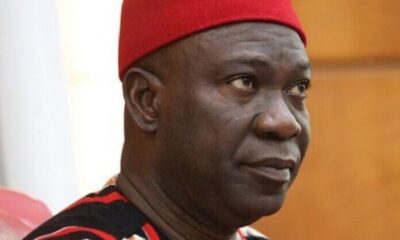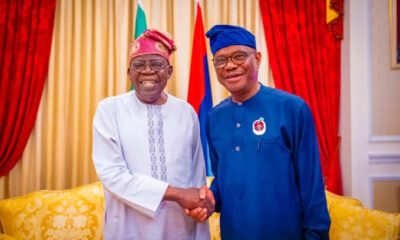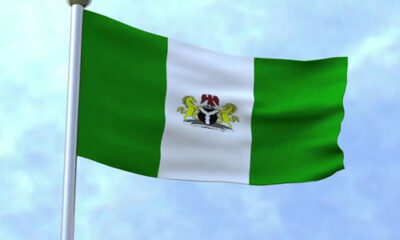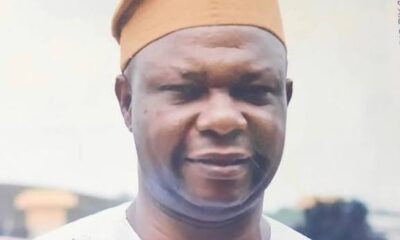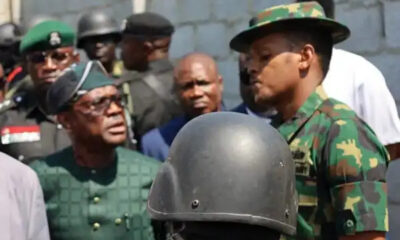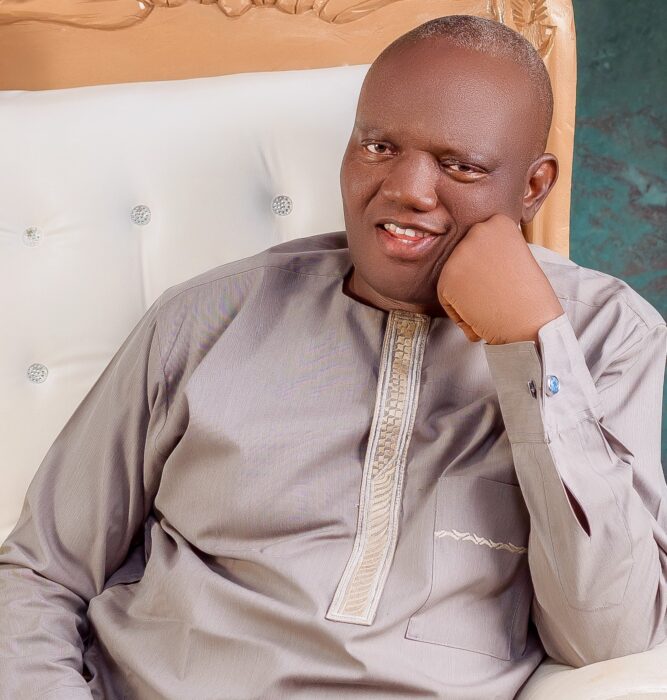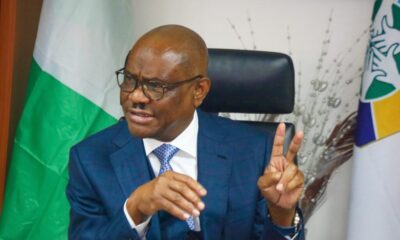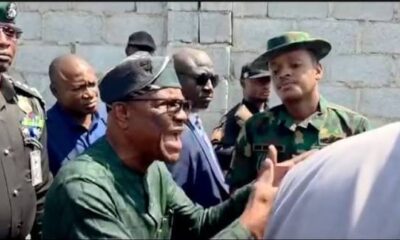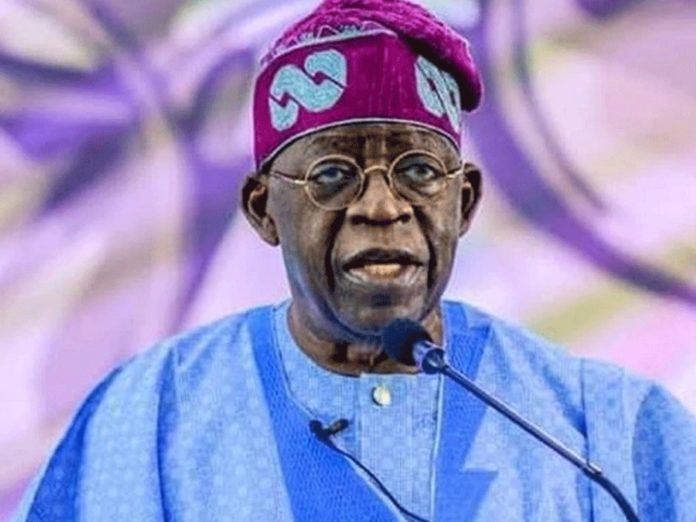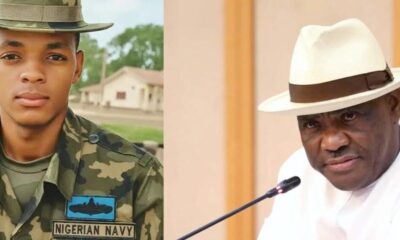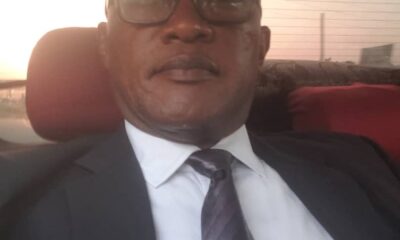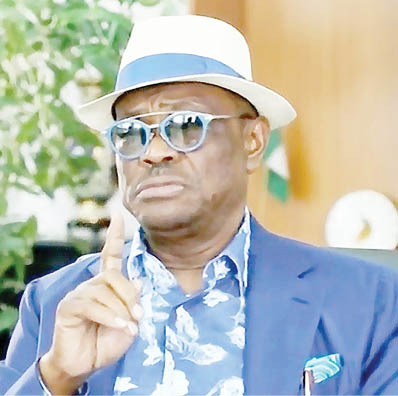Breaking News
Undersea cable cut: Despite rumours, impacted cables have not expired
To alleviate risks and prevent such accidents, Wood stated that WIOCC has invested in a new cable named 2 Africa. The cable is currently being installed and will land in both Lagos and Akwa Ibom, giving more than two layers of redundancy because it can carry traffic north and south. If the northern part is cut, it can receive traffic support from the south.
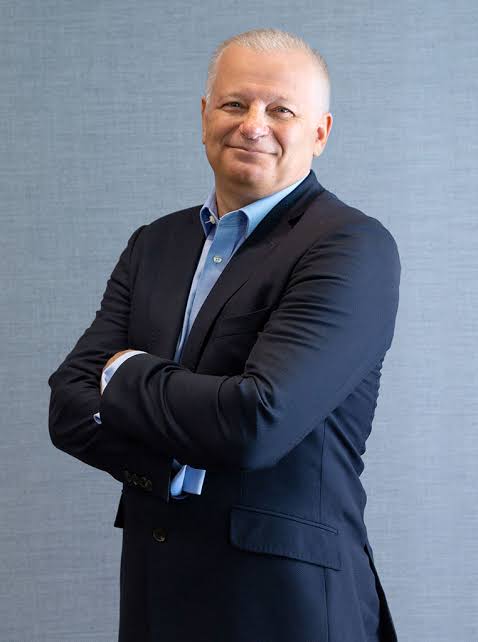
There have been suspicions concerning the status of the damaged cables that recently disrupted internet operations in various African countries, including Nigeria.
One theory is that the cables will never be fixed again because they have outlived their useful life and were most likely cut as a result.
However, Chris Wood, Chief Executive Officer of West Indian Ocean Cable Company (WIOCC), has disputed the theory, stating that none of the four cables damaged by the cut have reached the end of their lives.
According to him, cable cuts occur on a pretty regular basis all around the world, whether from a ship’s anchor, a subsea landslip, or seismic phenomena such as earthquakes.
Woods also revealed that repair efforts are ongoing, even though he was not specific on when repairs will be completed or even what it will cost to do so.
Wood said: “There’s very limited capability to restore those networks at this time because there isn’t the same level of network diversity. We’re working with our partners to land Equiano in Ghana and we’re working with the government and regulator there to acquire the correct licenses and everything to bring Equiano into Ghana and hopefully that will be done as fast as possible and any future events like this will have a smaller impact.
“And in terms of the impact on other countries, there are different levels of impact felt by different countries. Equiano lands in Nigeria, so there are restoration opportunities here. It lands in Togo, so there’s restoration opportunity in Togo, but it doesn’t land in Ghana, for example, or Code d’Ivoire.
“One of the reasons these cuts have actually had such a significant impact also is because four or five weeks ago there were cuts in the Red Sea. So three cables were cut in the Red Sea, which also serve Africa.
So, if there hadn’t been the Red Sea cuts, a lot more of the traffic could have been restored going south from Nigeria around South Africa and back up the Red Sea. So this incident has been compounded by the cuts in the Red Sea.
He further stated that the cost of repairing the cables would run into millions of dollars. “It’s millions of dollars, maybe between $1million and $2million per cable, depending on how long it takes the ship to find the cable and repair it.
“I can’t say exact figures because it depends on the nature of the cuts; how long it takes to repair them, but it’s when you look at the four systems together it is several, several millions of dollars.
To alleviate risks and prevent such accidents, Wood stated that WIOCC has invested in a new cable named 2 Africa. The cable is currently being installed and will land in both Lagos and Akwa Ibom, giving more than two layers of redundancy because it can carry traffic north and south. If the northern part is cut, it can receive traffic support from the south.

